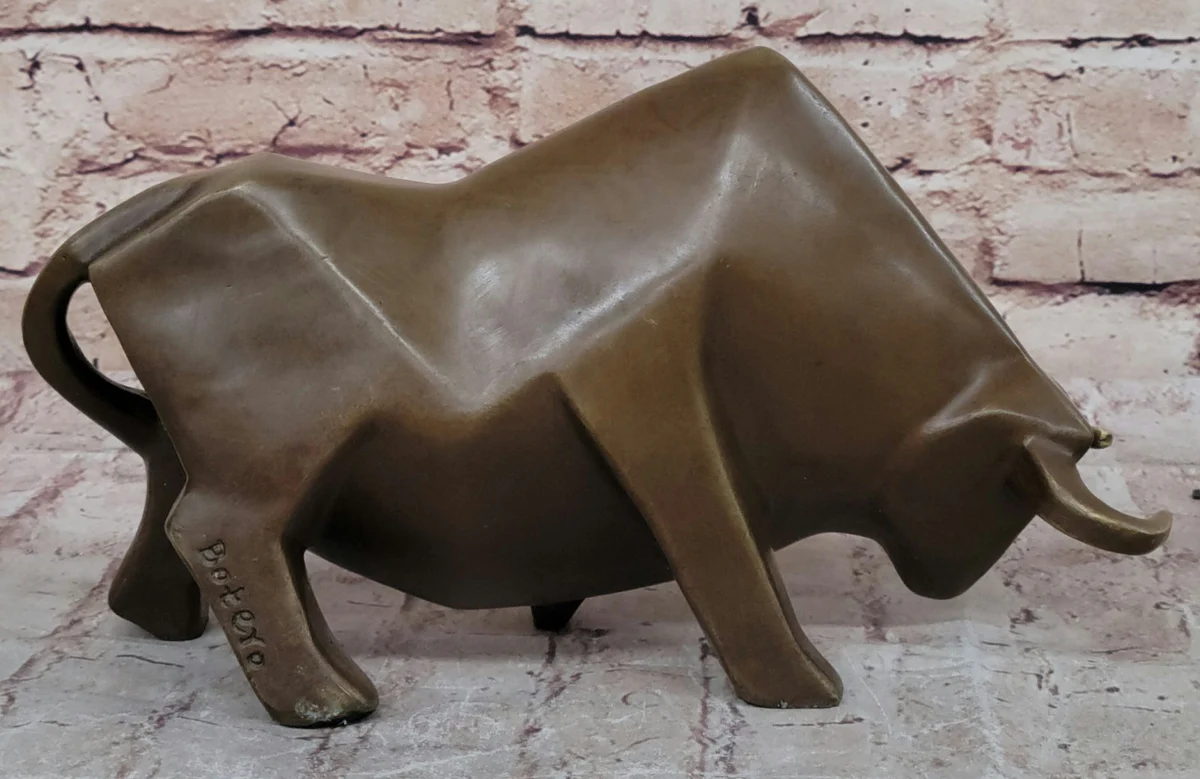The world of statues offers an unparalleled creativity, from ancient masterpieces to modern creations. But with the new techniques evolving and the use of new materials makes it difficult to distinguish authentic hot cast bronze from cold cast resin.
Identifying authentic hot cast bronze sculptures from cold cast bronze resin imitations requires knowledge, observation, and hands-on tests. Hot cast bronze remains the gold standard for art collectors due to its longevity, beauty, and craftsmanship, whereas cold cast resin is a cost-effective alternative prized for its similar appearance but easier production.
In this blog, we will tell you how to identify hot cast bronze from cold cast bronze resin to ensure you are investing in good craftsmanship. First, let’s understand the difference between hot case bronze vs. cold cast bronze.
Hot Cast Bronze
Hot cast bronze is an expensive method of bronze sculpture creation. This method involves a hollow wax image of a sculpture, which is then coated in a ceramic layer and dried thoroughly. This process requires high temperatures, specialized foundry equipment, and skilled craftsmanship.
The result is a solid metal sculpture that is extremely durable, heavy, and long-lasting, often lasting for centuries. Hot cast bronze is considered fine art, frequently found in museums or high-end collections, and often finished with a chemical patina rather than paint.
Cold Cast Bronze
Cold bronze casting involves blending the bronze powder with a resin base, which is then poured into a mold. The bronze powder usually settles near the surface, giving the piece a metallic appearance, while the core remains plastic-like. Although it can mimic the look of real bronze from a distance, cold cast bronze is significantly lighter, less durable, and more prone to chipping or cracking over time. It is often used for decorative purposes, budget sculptures, and mass-produced replicas. Cold cast pieces tend to feel warmer to the touch and lack the dense, resonant quality of metal when tapped.
Tips to Identify an Authentic Hot Cast Bronze Sculpture

There are several ways to identify hot cast bronze sculptures from cold cast bronze statues. Some of the most popular methods include:
Weight Test
Real bronze sculpture is dense and heavy, composed primarily of copper and tin. Even small bronze sculptures will have a substantial weight compared to cold cast resin or plaster alternatives. Lift the sculpture if possible. Authentic bronze is much denser and heavier for its size. If the piece feels suspiciously light, it is likely resin, though some resin works are filled to mimic weight.
Sound Test
Another way to test the authenticity of bronze sculptures includes performing a sound test. Bronze produces a clear, resonant, metallic “ring” when tapped due to its solid metal composition. Resin and other materials give off dull, muffled, or plastic sounds. To perform the sound test, gently pat the sculpture with a hard object and check whether it produces a hard sound. Real bronze sculpture produces a clear and resonant metallic sound, which differentiates it from other materials.
Patina & Color
The patina on the bronze sculpture is considered more than a finish. It is also a sign of authenticity. Patina is a type of layer that naturally forms on bronze. When you're trying to determine if a piece is hot cast bronze or a fake (like cold cast resin), the patina test can offer clear and telling evidence.
The Scratch Test
Carefully scratch an inconspicuous area (such as underneath or inside the base). Authentic bronze will reveal a bright golden metal, while resin exposes a lighter, powdery, or white substrate. To perform a scratch text, you can use a pin or a blade. True bronze contains a golden or reddish color, while a resin or plastic maintains a lighter, powdery, or white substrate.
Foundry Marks & Signatures
One of the most reliable ways to confirm the authenticity of a hot cast bronze sculpture is by inspecting for foundry marks and artist signatures. These identifying elements are often overlooked by beginners, but are vital in distinguishing genuine artworks from reproductions or fakes. Many famous artists collaborated with specific foundries, and these marks help authenticate the piece’s origin.
Consult an expert
When in doubt, the most reliable step you can take to authenticate a bronze sculpture is to consult an expert. A professional evaluation ensures accuracy, especially for high-value or historically significant pieces. Experts such as art appraisers, conservators, gallery owners, or auction house specialists have the training and experience to recognize subtle details that may escape an untrained eye. They can confirm the casting method, verify the legitimacy of foundry stamps and artist signatures, and assess the sculpture's provenance and market value.
Conclusion
Authenticating a bronze sculpture isn't complete without carefully examining the foundry mark and artist’s signature. These identifiers are often cast into the sculpture, making them harder to fake convincingly. Expertise is built with experience, always reference authoritative sources, and consult specialists for valuable or antique pieces. Authentic hot cast bronze stands the test of time, while cold cast bronze resin offers affordable accessibility but lacks lasting value. If you're looking to invest in the finest quality bronze sculptures, explore our collection at European Bronze. With a curated selection of handcrafted, authentic bronze statues, we are proud to offer some of the best pieces available to collectors, designers, and art enthusiasts alike.

